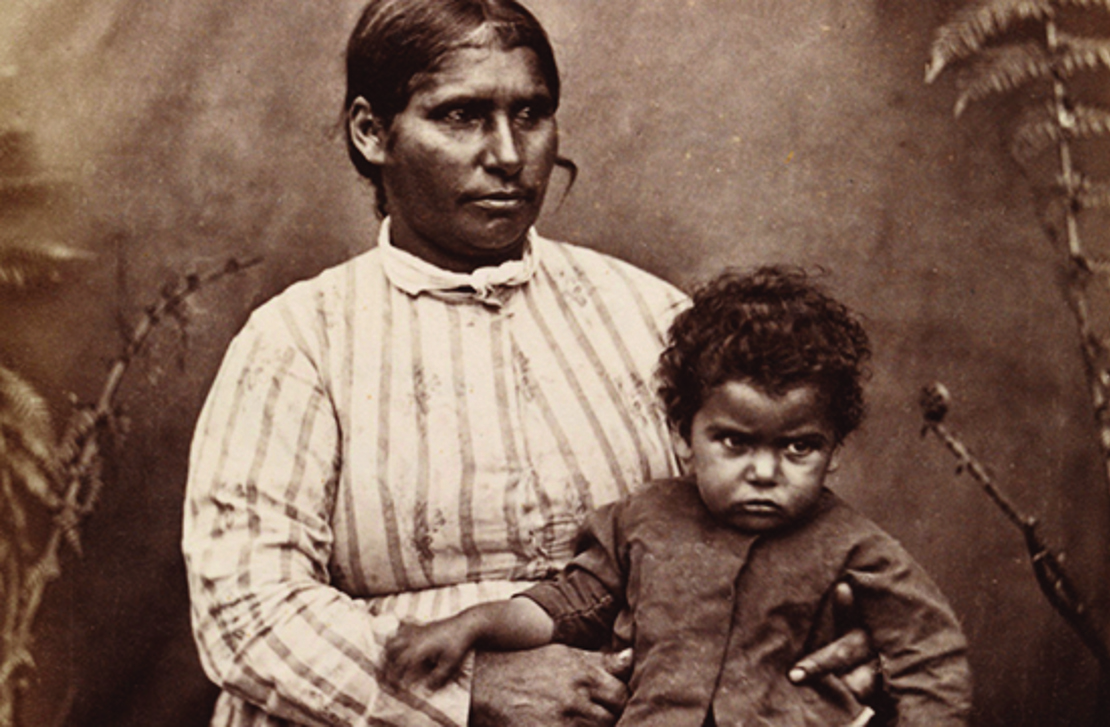Vote for a sculpture to commemorate Louisa Briggs' story in St Kilda

Louisa Briggs’ inspiring story of struggle and activism is one of 13 on a shortlist compiled by the Victorian Government under the Victorian Women’s Public Art Program. A public vote will inform which stories celebrating these amazing women will be transformed into six public art works.
Community members can vote until December 8 at engage.vic.gov.au
The Minister for Women, who makes the final decision, will announce the funded projects in early 2025.
City of Port Phillip and the Boonwurrung Land and Sea Council’s (BLSC) joint proposal for Louisa Briggs’ story to be brought to life for the thousands of people who live near or visit the St Kilda foreshore annually reflects its timeless message of courage and commitment.
The proposed site, rich with cultural connections to the Boonwurrung people, provides an ideal setting for this tribute as visitors will be able to experience the story of Louisa Briggs in a place closely tied to her cultural roots.
The sculpture would also contribute to a broader movement to honour Indigenous leaders and increase visibility for First Nations women in public spaces.
The Victorian Women’s Public Art Program addresses the under-representation of women in public spaces across Victoria. This state-funded initiative recognises women who have made substantial contributions to the social, economic, and cultural development of the state and aims to raise the profile of women from all backgrounds.
Louisa Briggs: A Life of Resilience and Activism
Louisa Briggs, born on the south coast of Melbourne in the 1830s, was an Aboriginal rights advocate whose life was marked by courage, resilience and a profound commitment to her community. Tragically, as a young girl, she was kidnapped by sealers and taken to Preservation Island in Bass Strait. Despite these early hardships, Louisa became a force for change and justice, dedicating her life to improving the lives of First Nations people.
In the 1870s, Louisa joined Coranderrk Aboriginal Station with her family, where she worked as a nurse and midwife. Louisa became the first Aboriginal woman to be paid for her services, a groundbreaking achievement during a time when government policies actively marginalised Aboriginal communities.
Known for her fearless advocacy, she wrote letters to officials, calling out injustices such as low wages and insufficient rations on government reserves. Her unrelenting fight for fairness often led to clashes with authorities, resulting in multiple expulsions from Coranderrk. Yet, she remained steadfast in her dedication to her people, embodying a spirit of resilience that has inspired generations.
Louisa Briggs’ story of struggle and activism is one that resonates to this day, particularly as communities work to recognise the historical contributions of Aboriginal leaders to Victoria’s history.